The thematic design of the exhibition that celebrates the cooperation and friendship between our two countries over the last 70 years adopts as its main colors red, blue, and white - all common colors for the South Korea’s Taegeukgi and the UK’s Union Jack. The techniques, patterns, and materials of the two crafts on display, the number 70, and common features between the two flags are used to strike an aesthetic balance between the two nations.
Exhibition Identity, Poster, Banner, Leaflet, Board, Web, Caption, Book
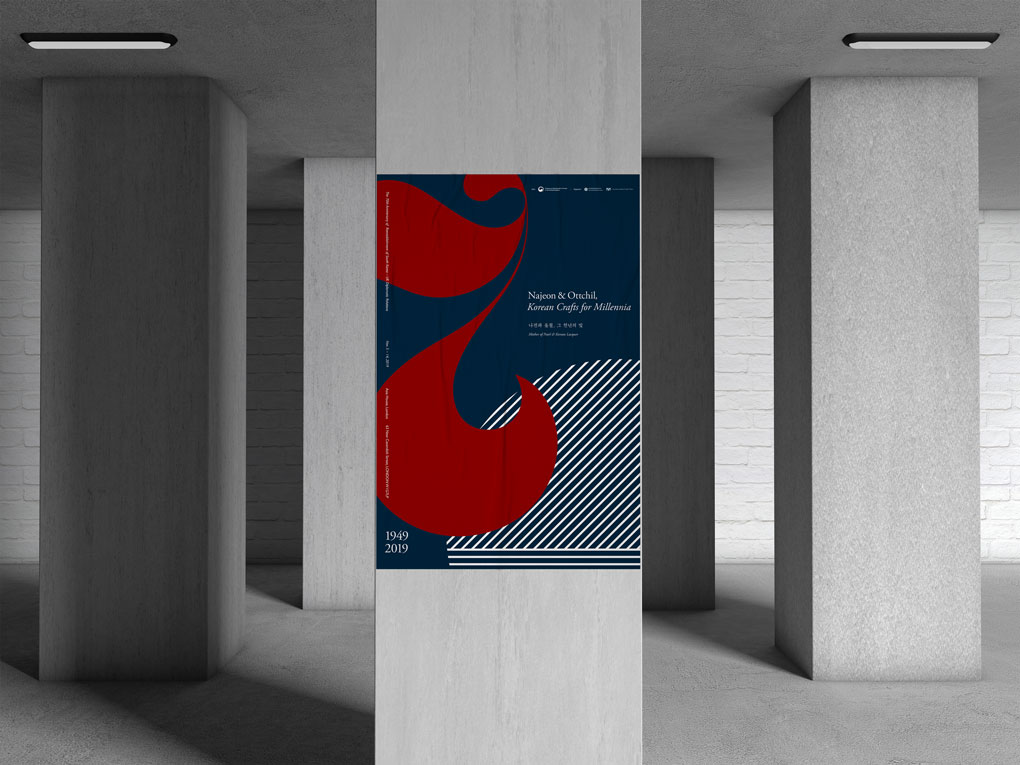
「 The thematic design of the exhibition that celebrates the cooperation and friendship between our two countries
over the last 70 years adopts as its main colors red, blue, and white. 」
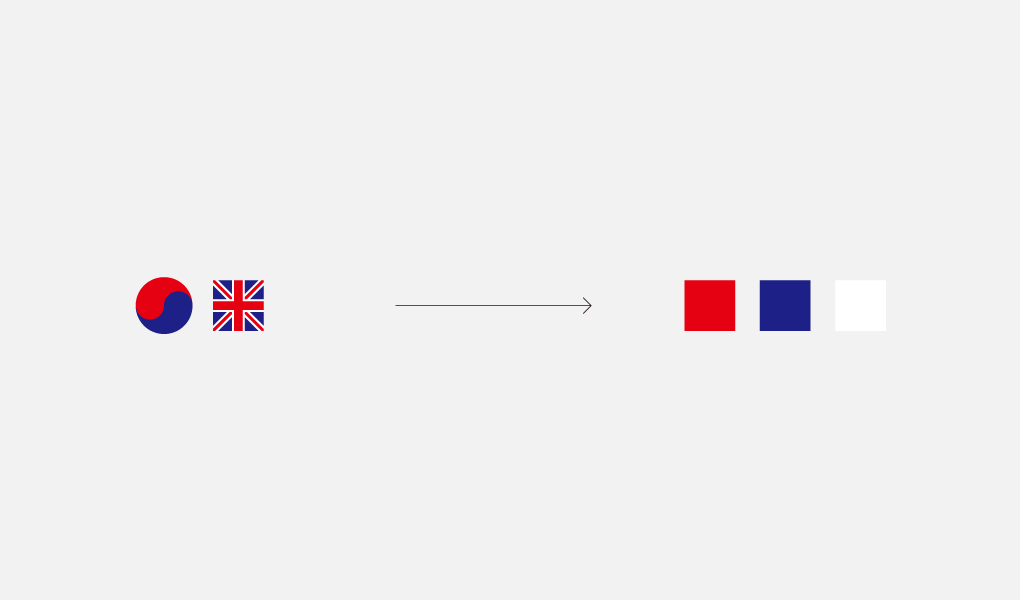
Jureumjil, one of the two main techniques in najeon-chilgi crafts, is represented through the fusion of scroll leaves, a typical pattern in the crafts, and the UK’s Victorian pattern. The leaves also take the shape of the number 7. The sap of lacquer trees, the main ingredient of ottchil lacquer, is represented as the soft red curve, which can also be seen in the Taegeukgi flag’s taegeuk, or yin-yang symbol.
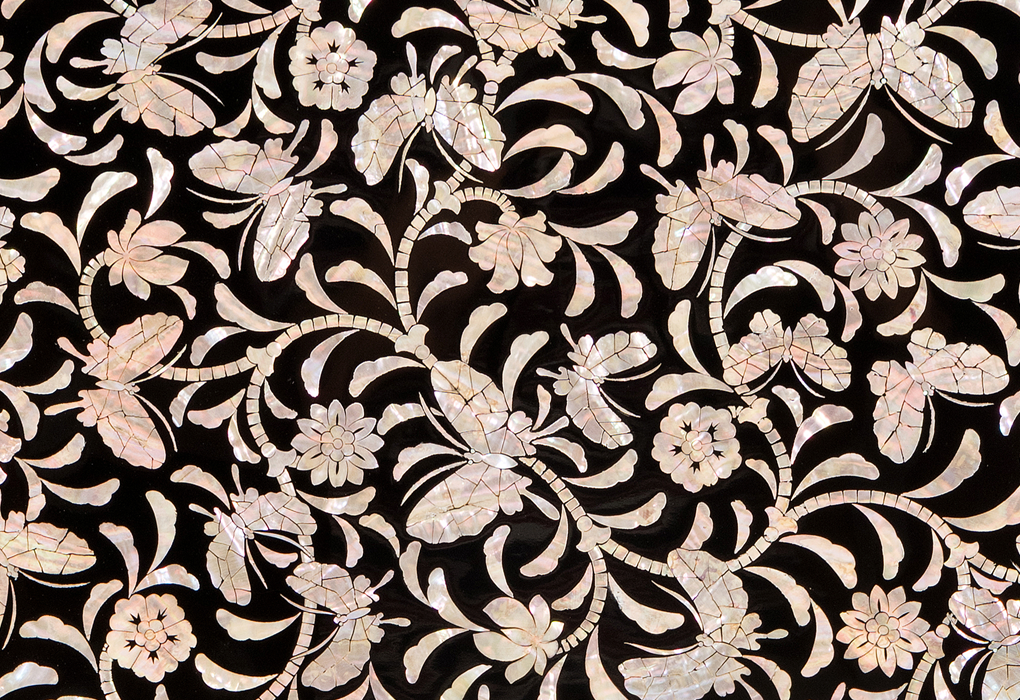

The lines on the bottom right are reminiscent of kkeuneumjil, the other technique. They represent nacre cut in regular lengths and widths - also reminiscent of the Britannia pattern - and are arranged vertically and diagonally as is done in the Union Jack. The shape of the white number 0 achieves a contrasting and yet gentle harmony with that of the red number 7 on the left.
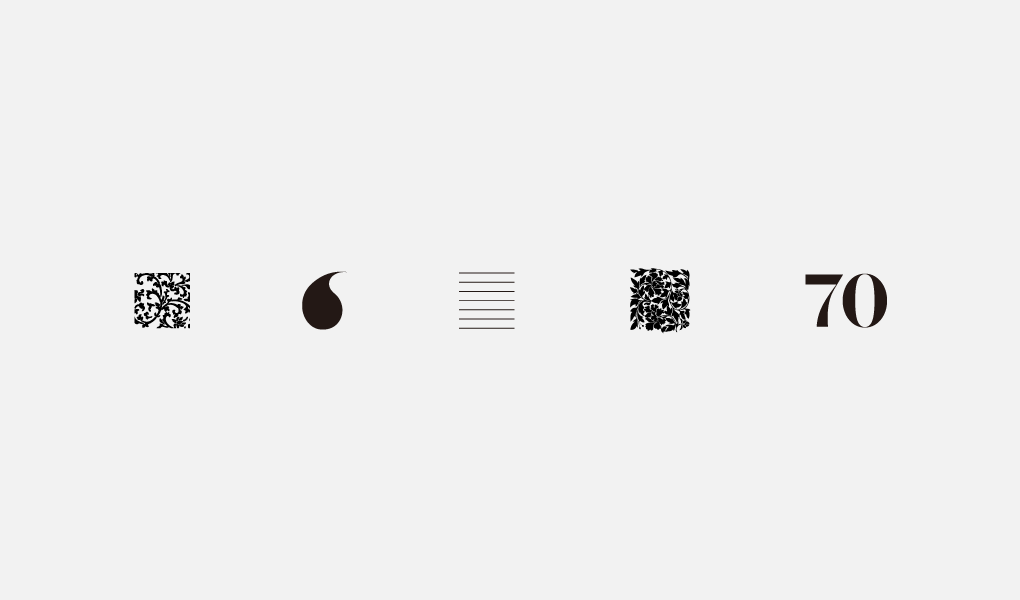

Blue is used as the background color to represent the perpetuity of co-prosperity and cooperation between the two countries.

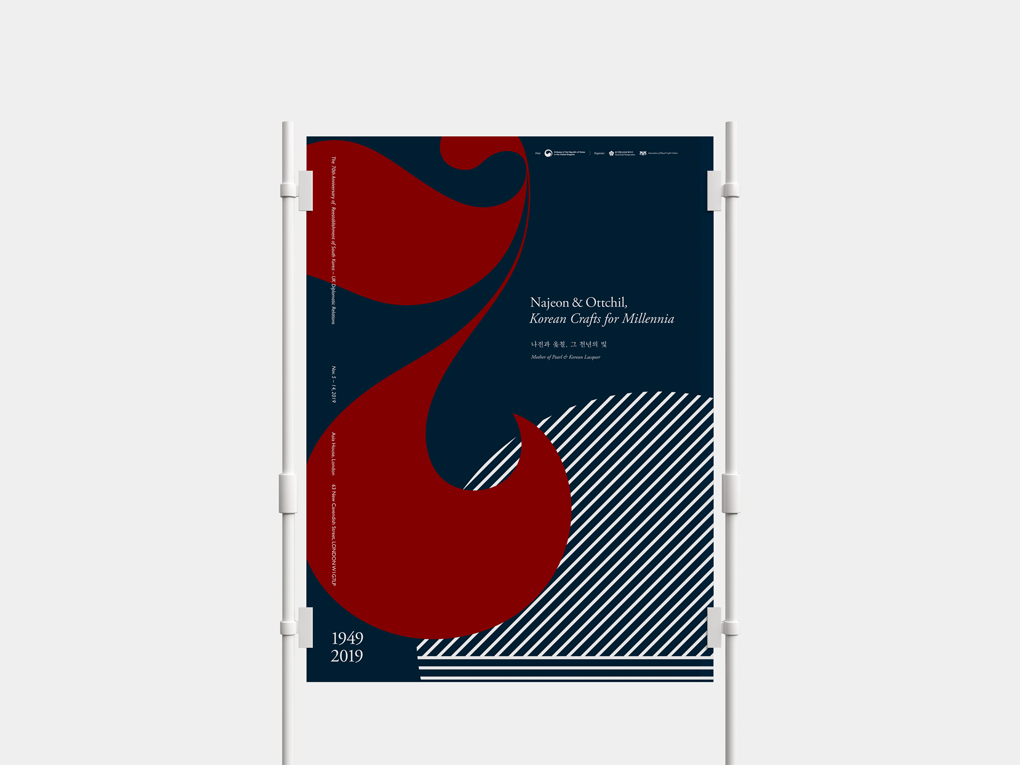
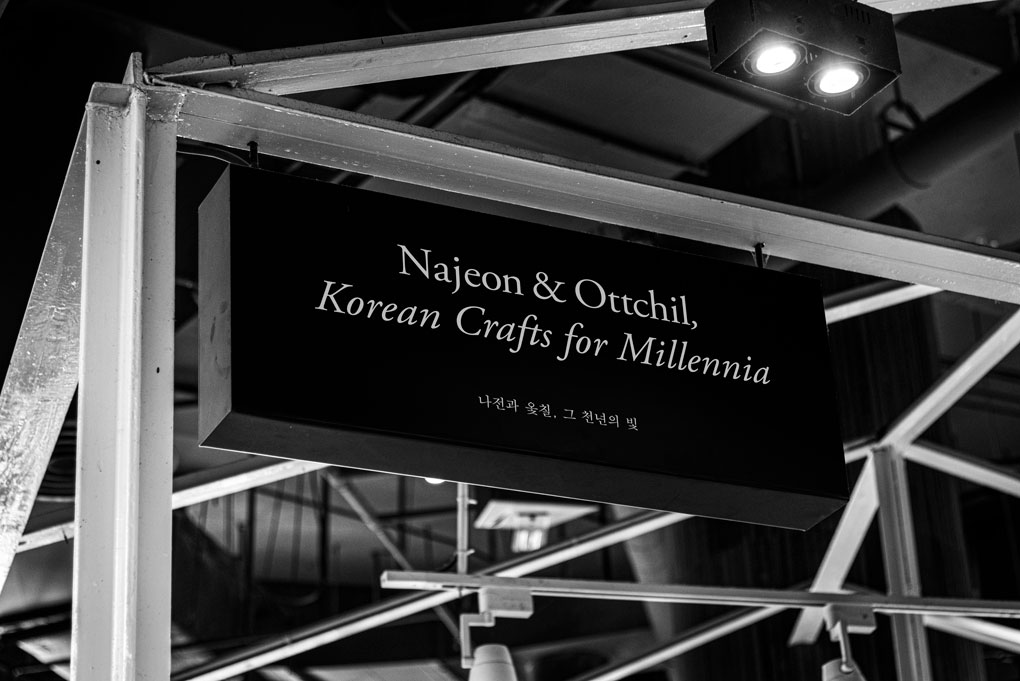
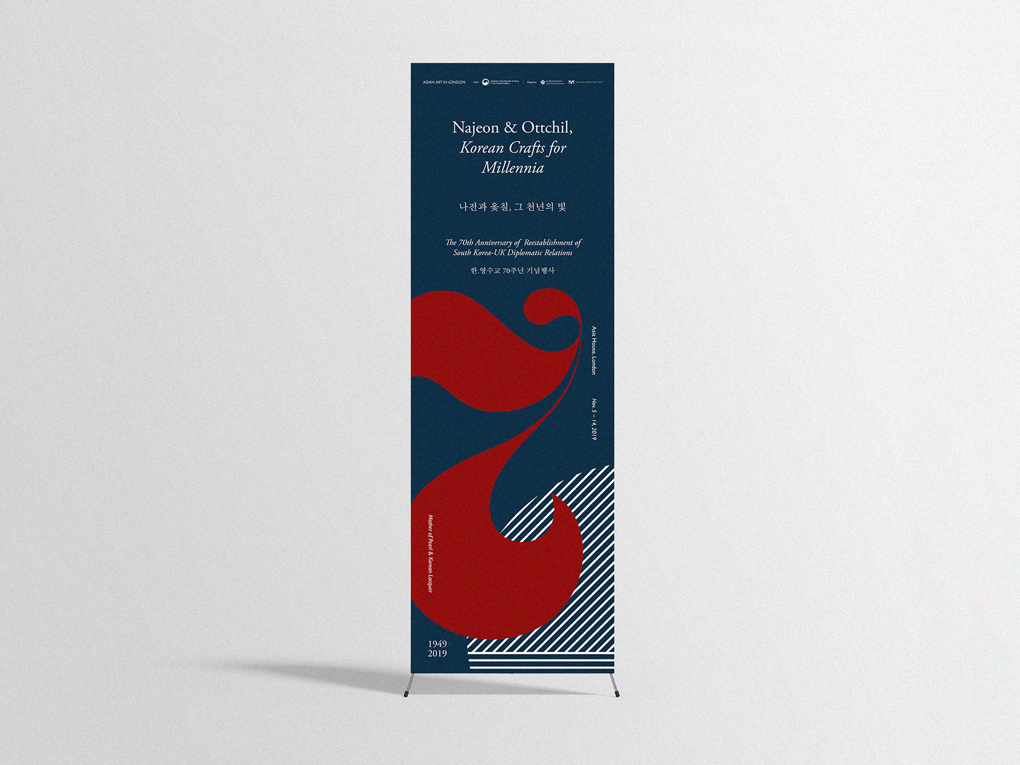

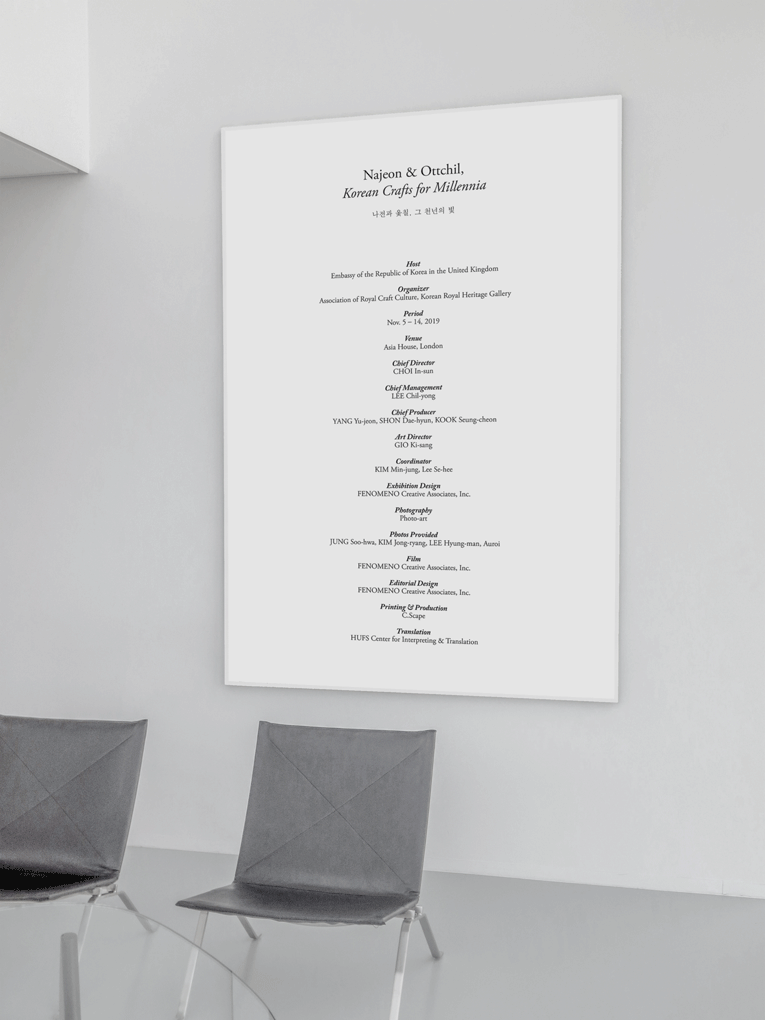
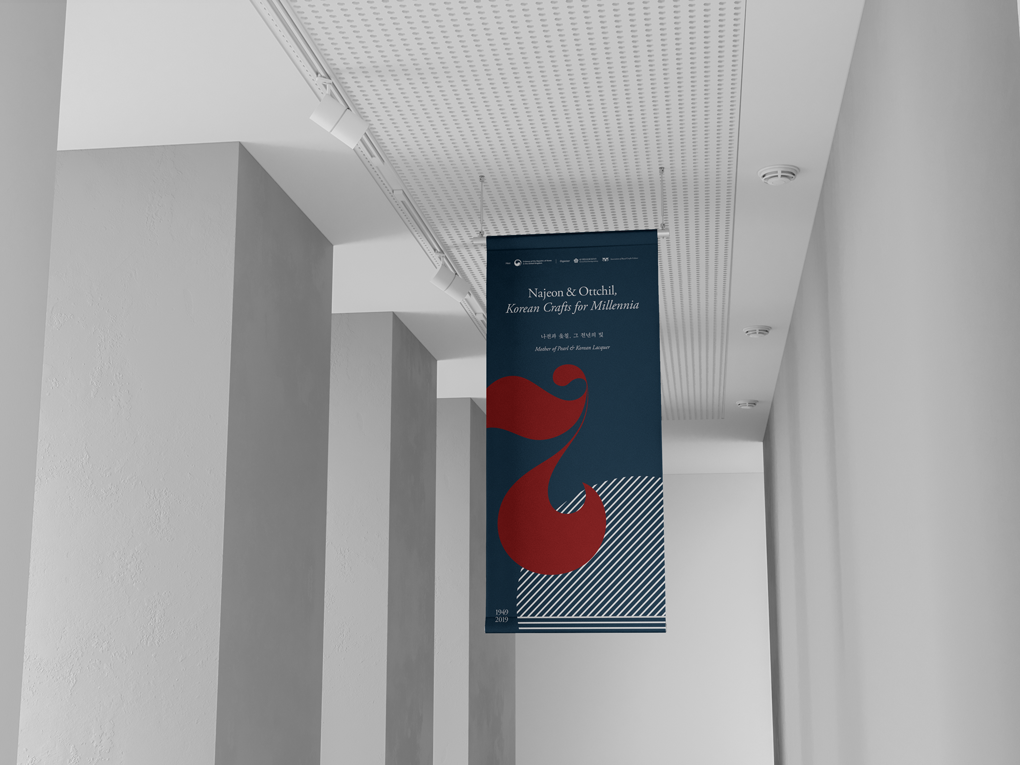
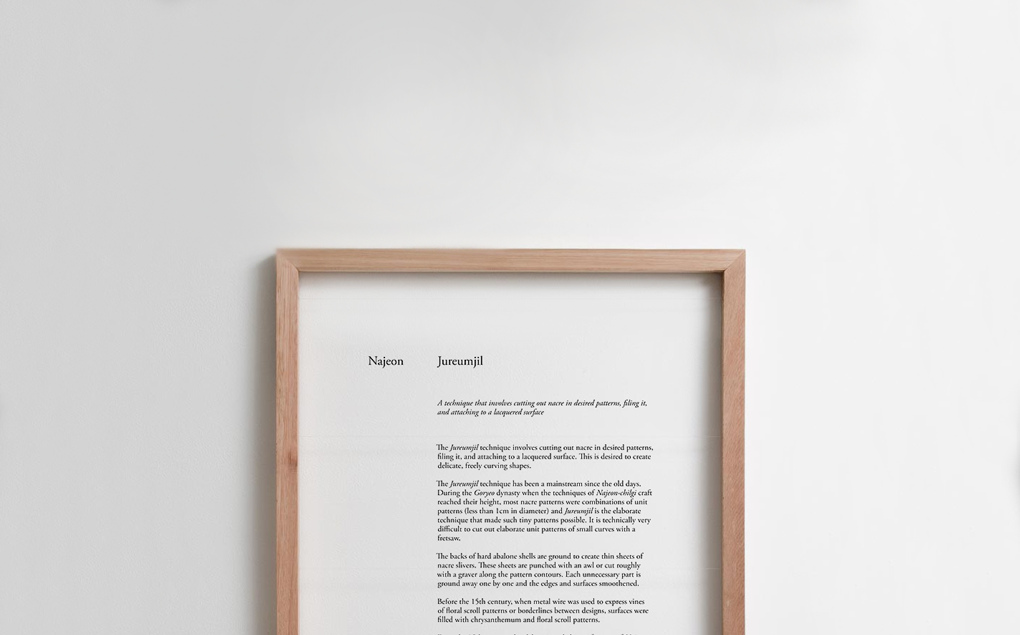

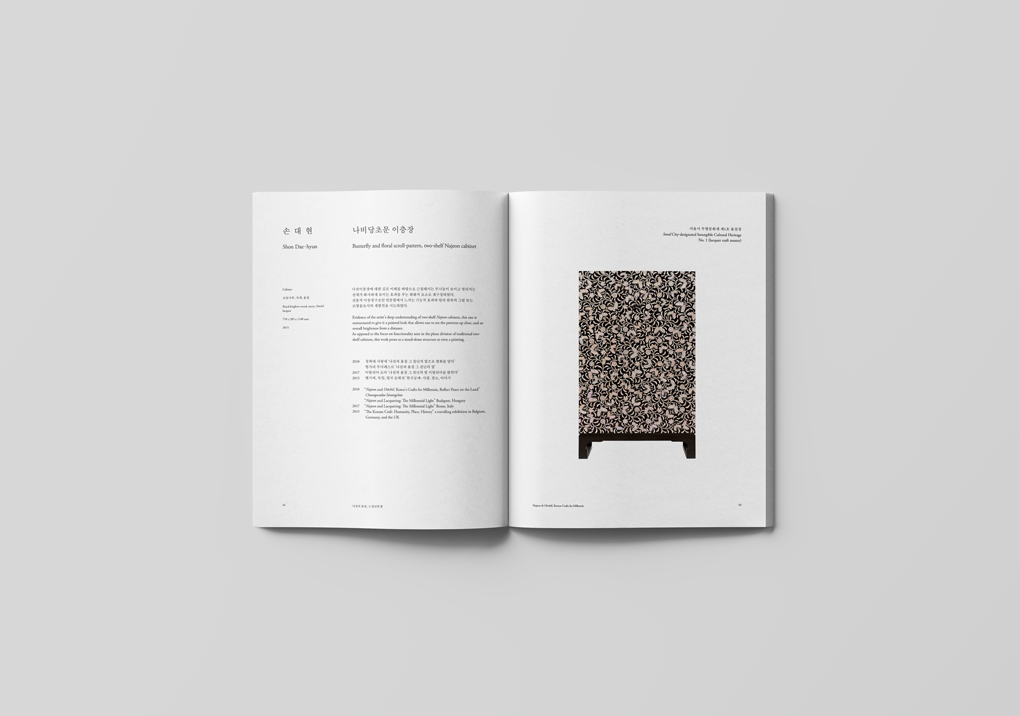
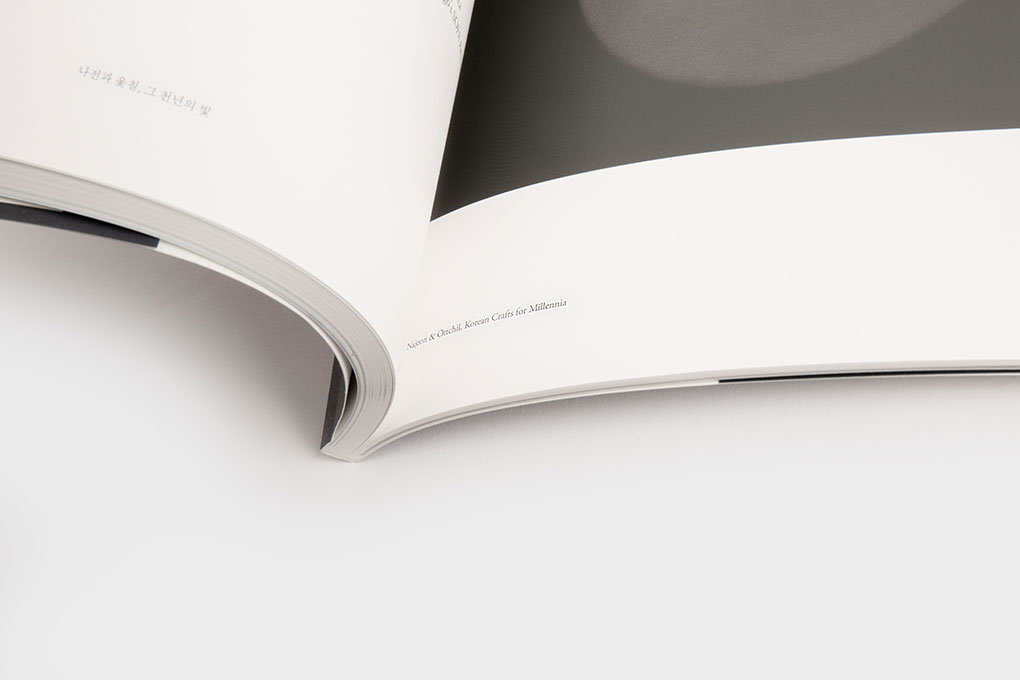

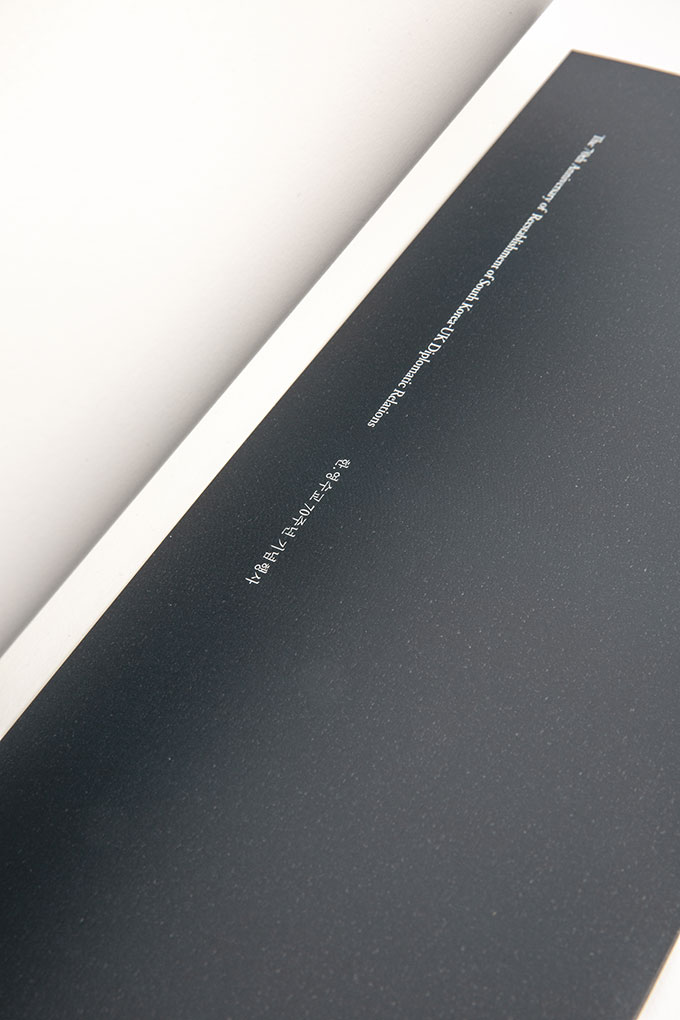
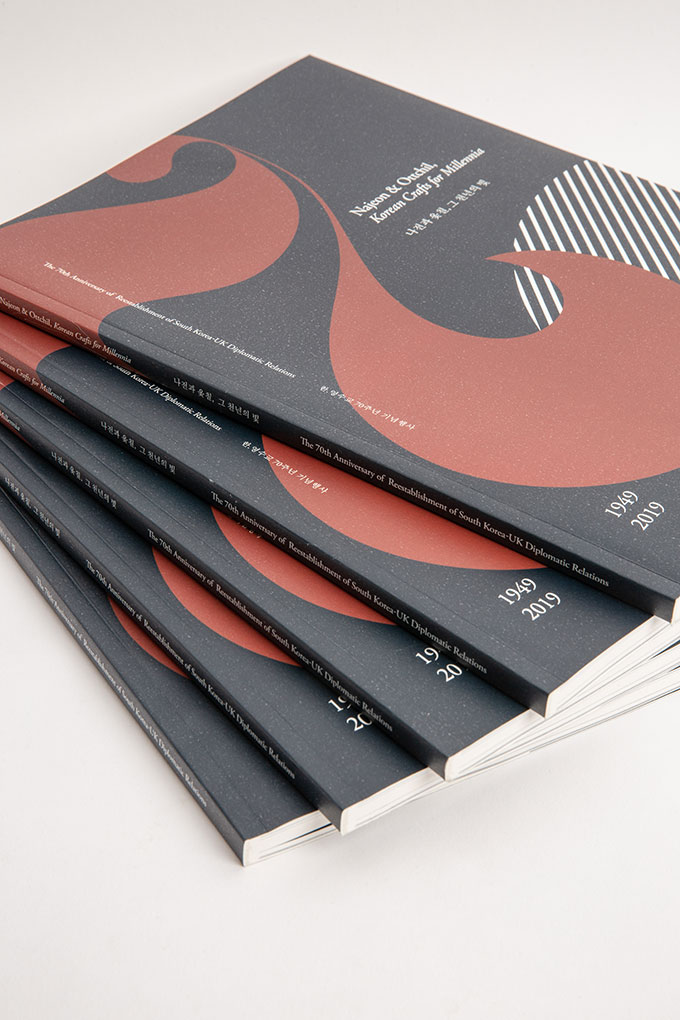
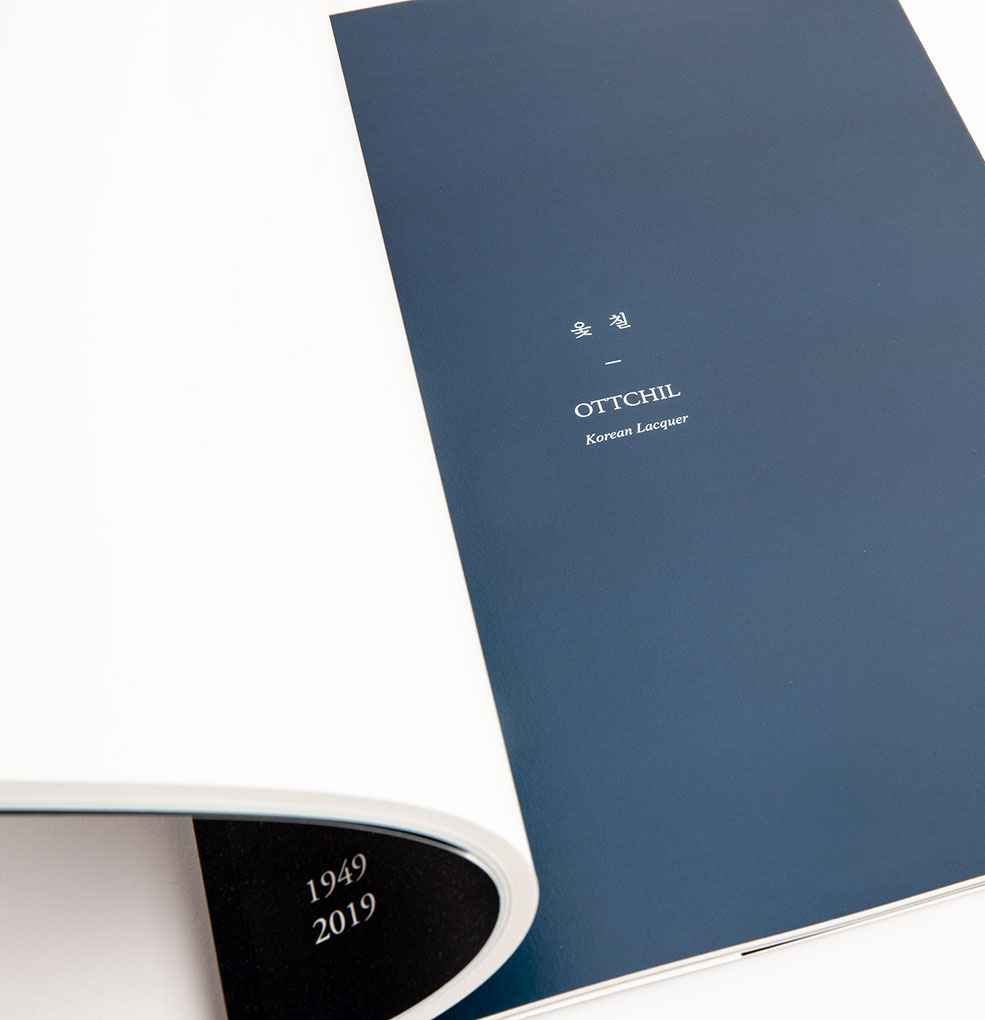
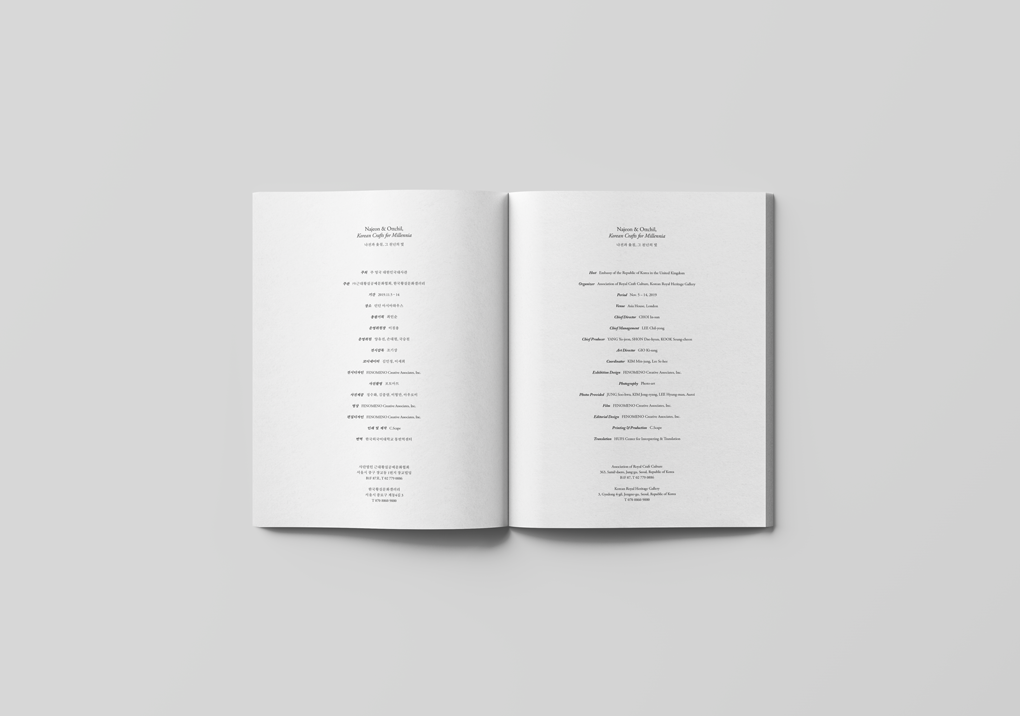
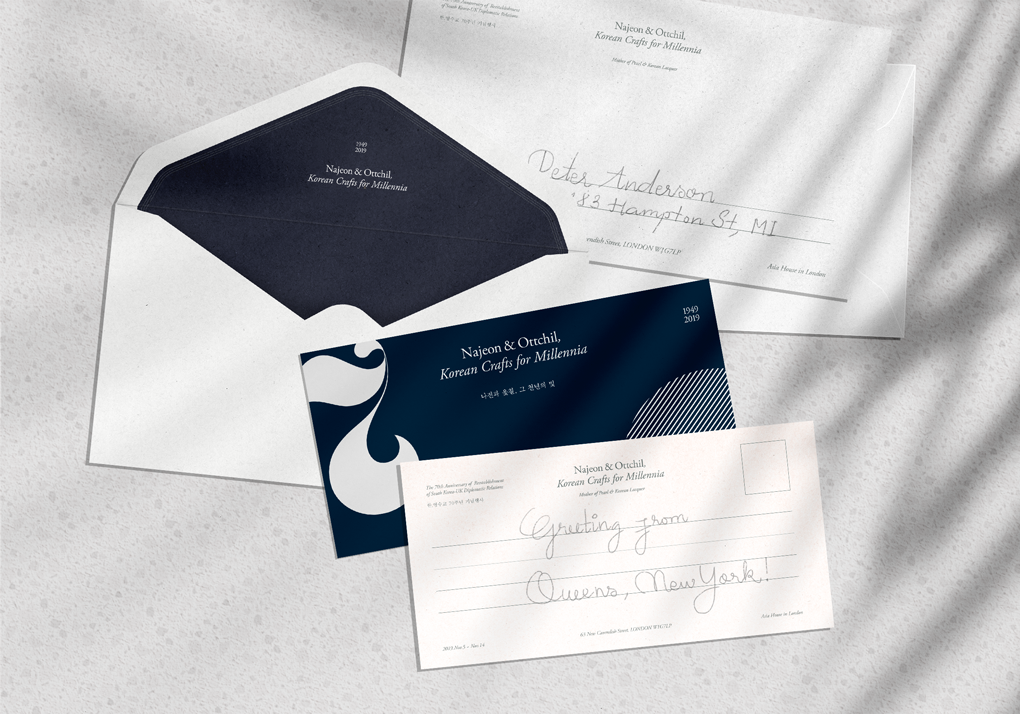
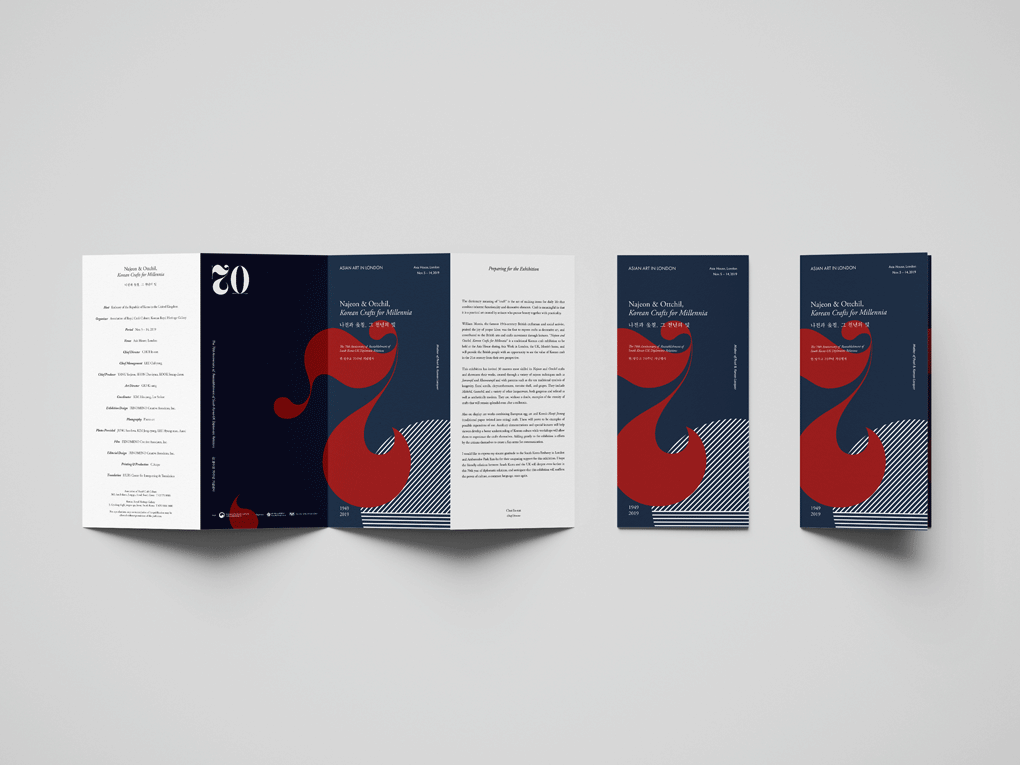

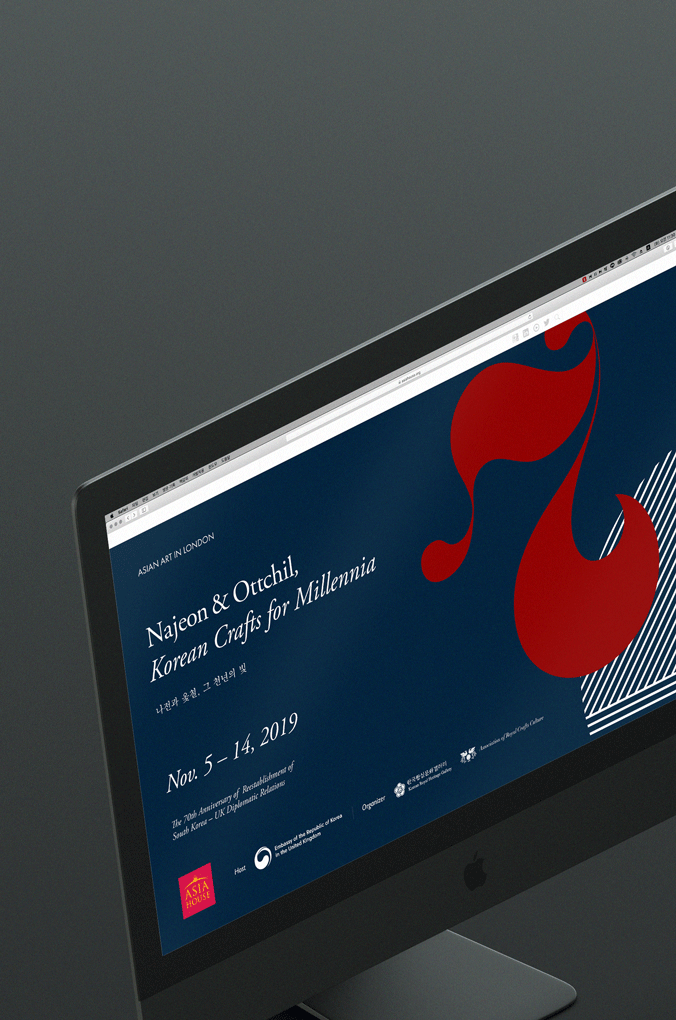
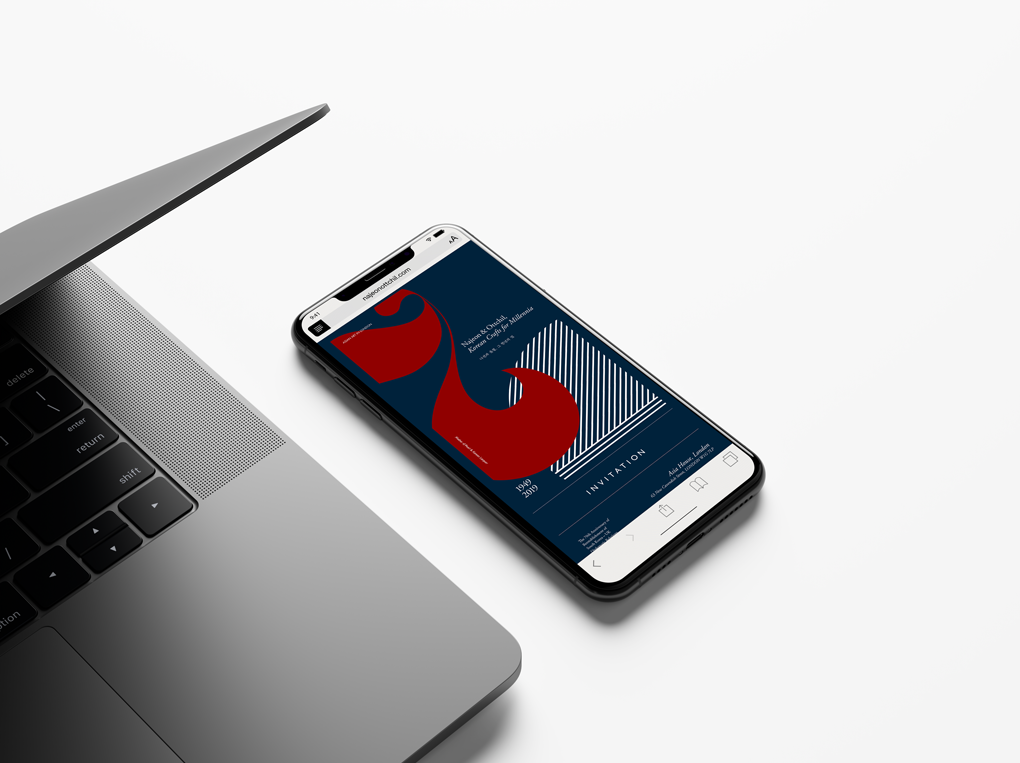
Host : Embassy of the Republic of Korea in United Kingdom
Organizer : Association of Royal Craft Culture, Korean Royal Heritage Gallery
Venue : Asia House, London


